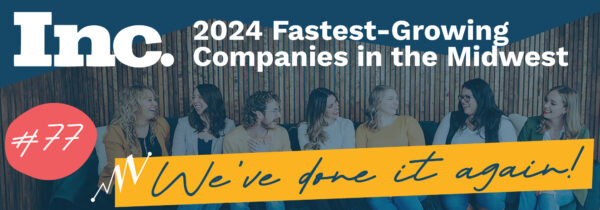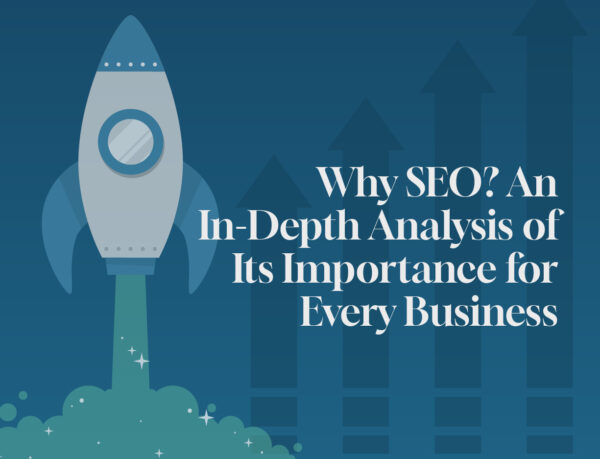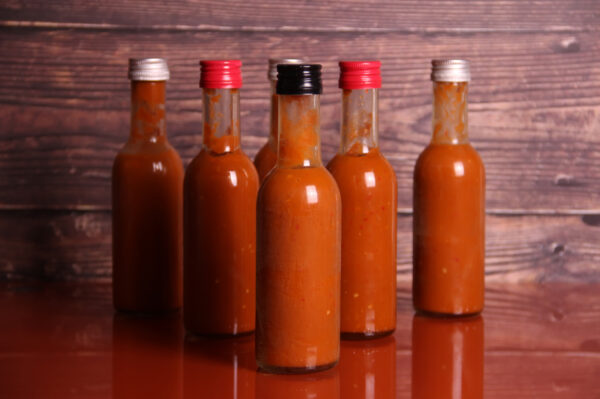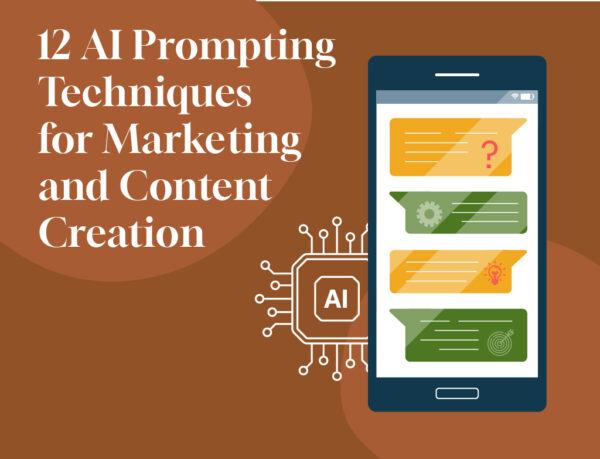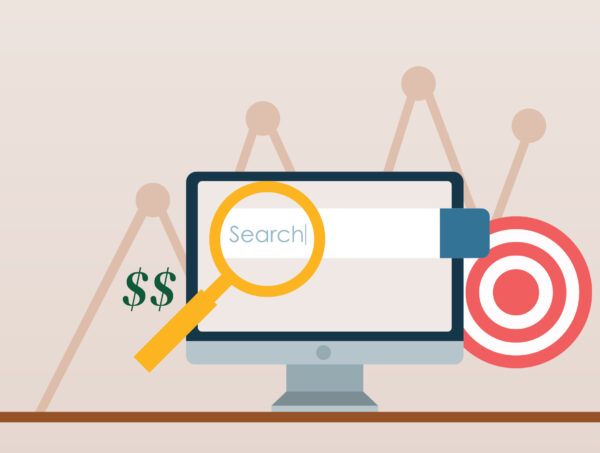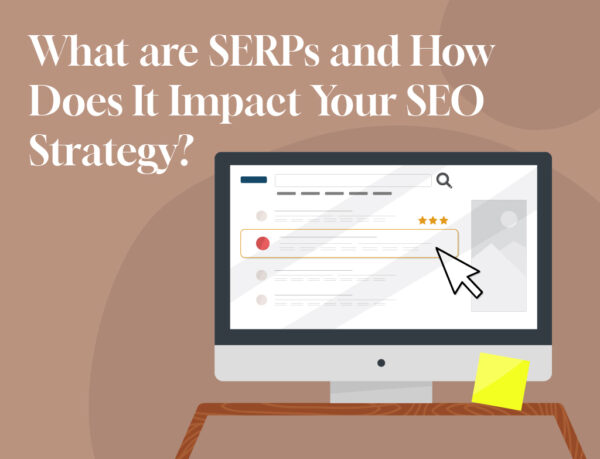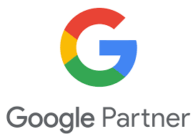3 Social Media Trends Changing the Game in 2017

In This Article
By no means is it a misconception that social media has invaded the business world. With new technology always on the horizon, the digital marketing space is finding its niche in social media. Businesses today are not only creating accounts on social platforms, but they’re also actively using them to market themselves.
If you’ve been sitting on the sidelines with an un-managed profile, now’s the time to get in the game. Check out the following strategies to send your business soaring on social in 2017.
1. Consumers want live video content.
More than any other type of content, videos capture more consumer attention. Some industry leaders suggest we’re in a so-called content overload; however, research proves that snagging consumer attention is the way to go, no matter how we do it.
Plus, video aids in a higher retention rate for people to truly grasp what you’re promoting. If video content does the job, do it now and do it well.
Businesses are already on board.
Good news: About 43% of marketers plan to use interactive video this year. There’s a widespread perspective that brands and businesses are stiff and impersonal. Luckily, video content could be a saving grace; it adds a humanistic element to an otherwise poor misconception.
Real time content + authentic consumer engagement = more growth.
Facebook and Instagram Live.
Back in April 2016, Facebook introduced Facebook Live. Facebook Live lets users stream directly from a mobile device or laptop. Followers receive a notification when someone goes live, so friends and followers are always in the loop.
Instagram hopped on board with live stories a couple months after Facebook’s announcement. But unlike Facebook, Instagram stories are available for viewing for a mere 24 hours. After that, they disappear (Snapchat, anyone?).
Both Facebook Live and Instagram stories have the same foundation. They give followers a reason to engage in content by making interacting in real time personal and honest.
2. Ephemeral content will continue to make an appearance.
Ephemeral content is content that lasts for a short time or that is transitory. People like quick and easy, so make ‘em happy. Simple. It’s one of the newest forms of social content that will continue to dominate in 2017.
Snapchat was the first to roll out ephemeral content in 2013. Before then, it was pretty much unheard of. It’s safe to assume that its rising popularity sparked Facebook and Instagram to hop on board with Live.
The reason for ephemeral content.
The purpose of ephemeral content is to be human. It invites followers to connect, build upon a real relationship, and spark conversation. It’s so easy to showcase your brand in ways that limit conversation and cut off any real human connection.
However, social media is redefining what it means to have a successfully marketed brand and has been a great catalyst for change. Here are some examples and uses of ephemeral content that have proved to be effective:
- How-to videos. If you’re a business that offers a product, it would be helpful to consider making how-to videos for said product, the benefits of buying it, and different ways to use it. For example, the brand Tasty has made quite the splash on Facebook by showing followers different recipes, and how to make them, in 2-minute video clips.
- Behind the scenes. If you work in an office with a team of people every day, Instagram is a great platform to snap a quick picture or video of, say, your Monday weekly meetings. This gives your followers a direct look into what life is like at your business.
- Contests and giveaways. These are great opportunities to get followers more connected to your brand, especially if you’re offering discounts. You could easily include a promo code in story content or directly on your feed. Any chance to win or a get a discount, and people are all over it.
3. Paid social is key.
You’ve probably heard the terms “organic reach” and “paid reach” when referring to paid media, specifically on Facebook. It’s important to understand the difference between the two so you can develop a social strategy that makes sense to your business and your ideal consumers.
Organic reach is the total number of unique individuals (unique being a single person) who saw your post through an unpaid ad or post.
Paid reach is the total number of unique individuals who saw your post because of a paid ad or post.
In the past year, organic reach has been declining because businesses are sharing and producing solid content. How do people know which posts to click and engage with? It’s coming down to how much a business is willing to pay.
To mediate this issue, Facebook’s News Feed algorithm is designed to show users the content that’s most relevant to them and their online activity. News Feed displays approximately 300 of the 1,500+ stories a person could see when they log on to Facebook.
Invest in paid social content.
Facebook isn’t the only platform that’s been hit with a decline in organic reach; it’s linear across other social platforms, too. As a result, it’s sustainably better for your business to budget for paid social campaign services in your next social media strategy.
Most of what we do in life comes at a cost. How much are you willing to pay to see your business grow on social media?
Must-read articles
Looking for something else?
There's so much more
Ready to Inquire?
